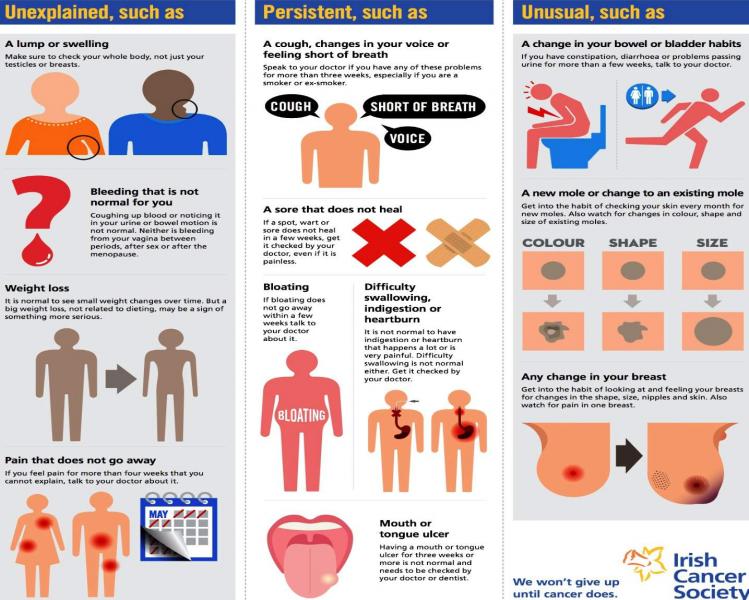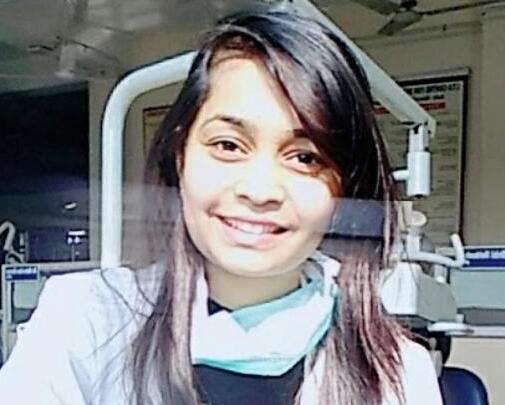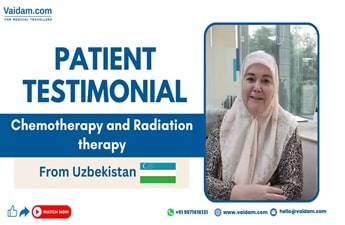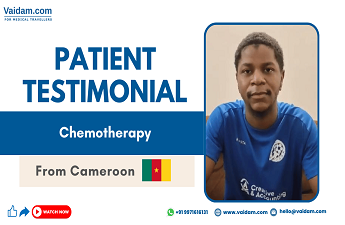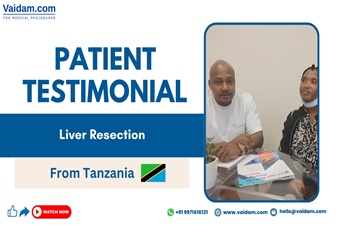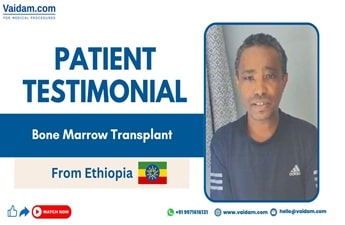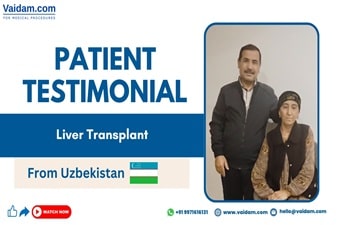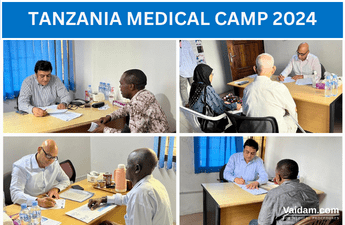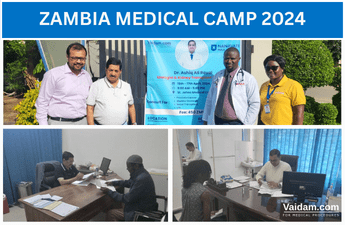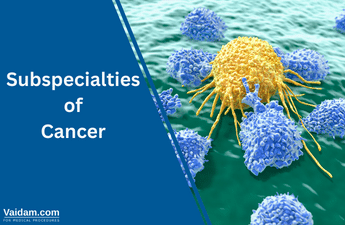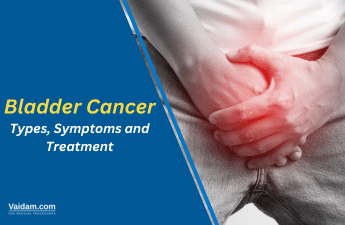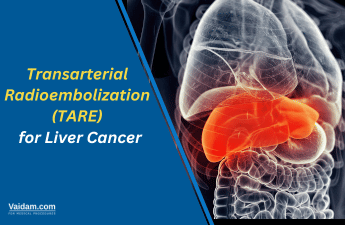WHAT IS CANCER
Cancer is a condition in which there is an uncontrolled growth of abnormal cells in specific part of the body. It is then named after that organ or type of cell in which it has started growing. Cancer cells may sooner or later spread into the surrounding healthy tissue, including organs.
Get in Touch with Medical Experts
Cancers originates from our cells .Our body is made up of more than a hundred million cells.
Cells
Cells are the building blocks of the body and are of different types. They make up all of the tissues and organs. Cells divide to make new cells, which replaces the damaged or old cells. In the duplication process of these cells, they pass copies of their genetic material to the new cells.
The cell duplication and genes transferring process is generally well controlled, & well ensured, that the right kinds and numbers of cells are present for the different parts of the body to function correctly. Body and the cells can mostly recognize once something different in a cell and will work to repair or destroy the abnormal cell.
Cancer Cells
Cancer starts when a single cell or a group of cells begins to grow and multiply abnormally. This results in a formation of a lump or tissue masses called as tumor. These tumors are of two types
-
Benign tumors: They have a localized growths. That is they can only cause problems if they put pressure on their nearby tissues.
-
Malignant tumors: Are the ones which invade the surrounding body tissues. These are the dangerous tumors & are formed when :
-
Invasion : In this the cancerous cell manages to move throughout the body via the blood or lymphatic systems, destroying healthy tissue
-
Angiogenesis: In this the cell manages to divide and grow, making new blood vessels to feed itself.
METASTASIS
Is a process in which a tumor is able to successfully spread to the other parts of the body and grow there, invading and destroying the other healthy tissues. The resulting condition is a serious one & it is very difficult to treat.
| Healthy Cells | Cancer Cells |
| These are specialized with controlled growth. | They are non- specialized cells with an uncontrolled growth pattern. |
| These cells multiply into very distinct cell types with specific functions | They do not have this characteristic. They grow abnormally. |
| These cells are able to send signals to the other cells , to stop dividing or go through the process of cell death( apoptosis) | These cells ignore such signals. |
| These cells are the | These cells are able to evade the immune system, a network of organs, tissues, and specialized cells that protects the body from infections and other conditions. |

CAUSES OF CANCER
Cancer is a complex group of diseases having many possible causes. According to WHO, the common risk factors for cancer includes:
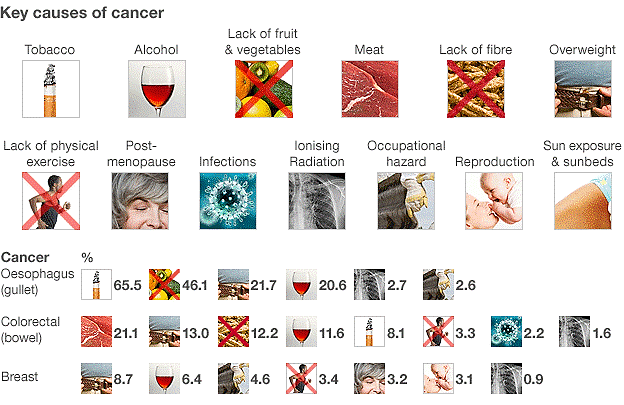
TYPES OF CANCER
Cancer can occur anywhere in the body .There are over 200 types of cancers, most of them can fit into the following classification:
The most common types of cancer prevalent are:

Children
-
Leukemia
-
Brain Tumors
-
Lymphoma
Cancers are mostly referred to by the terms that contain:
Suffix: Such as sarcoma, -carcinoma, or just -oma
Prefix: Related to the cell type in which the cancer had originated. Most Common prefixes are
SIGNS & SYMPTOMS
Symptoms and signs of cancer will depend on the type of cancer, its location, and/or where the cancer cells have spread. Any changes in the body’s normal processes or symptoms that are not normal can sometimes be an early sign of cancer. There are seven warning signs for cancer, and these signs require quick medical attention
-
Any change in the bowel or bladder habits
-
A non- healing sore throat
-
Unusual bleeding or discharge (for example, nipple secretions or a "sore" that will not heal that oozes material)
-
Thickening or lump in the breast, testicles, or in any other place
-
Indigestion (usually chronic) or difficulty in swallowing
-
Noticeable changes in the size, color, shape, or thickness of a wart or mole
-
Nagging cough or hoarseness
Apart from these, the other signs & symptoms for which medical intervention is required are:
If you notice any of the above changes, please talk to a Doctor
STAGING
Staging is the process of finding the location & extent of the cancer, such as how large it is, if or where it has spread & whether it is affecting the other parts of the body. Knowing the stage of the cancer is important as this will help the doctor by:
-
Understand the severity of the cancer and the survival chances.
-
Plan the best treatment option accordingly.
-
Identify clinical trials that may be treatment the options for the patients.
STAGING SYSTEM
TNM (Tumor, Nodes, and Metastasized) staging system is the most preferred cancer staging system in use. Others systems are more specific to a particular type of cancer. Staging systems include information about:
-
Location of the tumor
-
Cell type (such as, adenocarcinoma or squamous cell carcinoma)
-
Tumor size
-
Spread to nearby lymph nodes
-
Spread to different parts of the body
-
Tumor grade, which refers as to how abnormal the cancer cells look and how likely the tumor is to grow and spread
-
In situ: Presence of abnormal cells, which have not spread.
-
Localized: Cancer is limited to its origin place.
-
Regional: Cancer has spread to nearby lymph nodes, tissues, or organs.
-
Distant: Cancer has spread to distant parts of the body.
DIAGNOSIS
There are many different ways to diagnose cancer. If a cancer is suspected, then the doctor will order the following tests to make a diagnosis:
Biopsy 
Biopsy helps in providing a more than the definitive diagnosis of cancer. It can help to identify the cancer type & the stage cancer
In this procedure, a small tissue sample is surgically removed and examined under the microscope for the presence of cancer cells. Biopsies can be performed using local anesthesia, as an out-patient process, depending on the tumor location.
Fine Needle Aspiration: This procedure is performed when the tumor is filled with fluid. In this procedure a long, thin needle is inserted directly into the suspicious area to draw out fluid samples for examination.
Endoscopy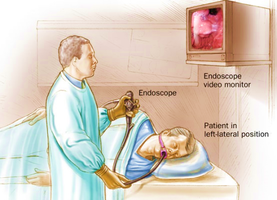
In this process a flexible plastic tube with a tiny camera present on its end is inserted into the body cavities and organs, which provides the physician to have a clear view of the suspicious area.
Diagnostic Imaging
Imaging test are done to detect abnormalities in the body, which may be cancer. X-rays, PET, CT and MRI scans, and ultrasound are the common imaging test done to examine the body.
Blood Test
There are some tumors which release substances called tumor markers. These tumor markers can be detected in the blood. However, blood tests alone can be inadequate, and other methods should be used to confirm the diagnosis.
TREATMENT
There are numerous cancer treatments that depends on the type of cancer, its stage, if the cancer has spread and the patient’s general health. The goal of the treatment is to kill as many cancerous cells and minimize the damage to normal cells nearby. The three main treatment plan for cancer is as follows:
Surgery: In this the cancer is directly removed
Chemotherapy: In this, chemicals are used to kill cancer cells

Radiation therapy: In this X-rays are used to kill the cancer cells.

Most of the patients have to go for a combination of the treatment, while some people can also have only one treatment plan.
SIDE EFFECTS OF TREATMENTS
Cancer treatments causes side effects which occur when the treatment affects healthy tissues or organs. Side effects may differ from person to person, even among those receiving the same treatment. Some people may have very few side effects while others have many. This will depend on the type of treatment(s) the patient is having, as well as the amount or frequency of the treatment, age, and other health conditions. The common side effects are:
-
Anemia
-
Appetite Loss & Fatigue
-
Bleeding and Bruising (Thrombocytopenia)
-
Constipation or Diarrhea
-
Delirium
-
Edema
-
Hair Loss (Alopecia)
-
Infection and Neutropenia
-
Lymphedema
-
Memory or Concentration Problems
-
Mouth and Throat Problems
-
Nausea and Vomiting
-
Nerve Problems (Peripheral Neuropathy)
-
Pain
-
Sexual and Fertility Problems (Men or women)
-
Skin and Nail Changes
-
Sleep Problems
-
Urinary and Bladder Problems
FACTS
-
Cancer is a group of diseases characterized by uncontrolled growth and spread of abnormal cells. There are over 200 types of cancer, they can affect any part of the body.
-
Anybody can develop cancer, but, the risk of getting it increases with age. Most of the reported cases are in middle-aged adults or older.
-
The most common types of cancer that kill men worldwide are: lung, stomach, liver, colorectal and esophagus.
-
The most common types of cancer that kill women worldwide are: breast, lung, stomach, colorectal and cervical.
-
Tobacco use is the single largest preventable cause of cancer in the world causing an approximate of 22% of cancer deaths.
-
Cancer is one of the leading causes of death worldwide, predominantly in developing countries.
-
More than approximate 30% of cancer could be prevented, mostly by stopping tobacco use, having a healthy diet, being physically active and moderating the use of alcohol. In developing countries up to 20% of cancer deaths could be prevented by immunization against the infection of HBV and HPV.
REFERENCES
http://curesearch.org/What-is-Cancer
http://www.medicalnewstoday.com/info/cancer-oncolog
http://www.nhs.uk/conditions/cancer/pages/introduction.aspx
http://www.cancer.gov/about-cancer/understanding/what-is-cancer
http://www.medicinenet.com/cancer/page2.htm
http://www.cancer.gov/about-cancer/diagnosis-staging/staging
http://www.who.int/features/factfiles/cancer/en

